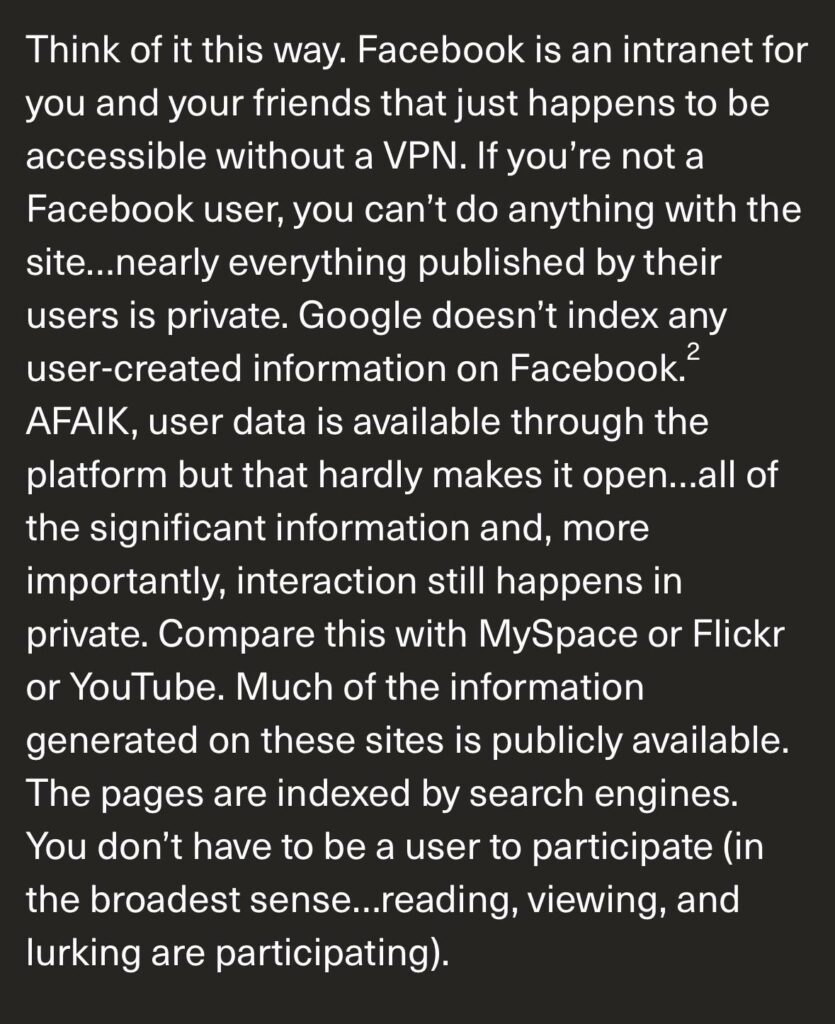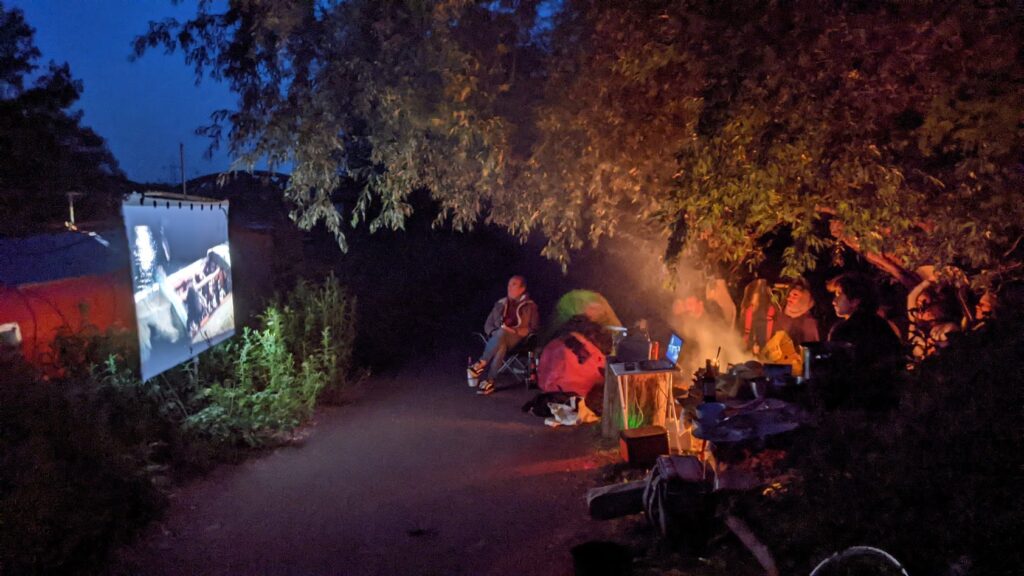Let’s have a look at an example of the new mess we’re facing: JD Vance – author, venture capitalist, convert Catholic, and now Vice President. He’s not a Reaganite libertarian, nor a traditional conservative. Instead, Vance represents something more dangerous: a dogmatic ideology, born in the boardrooms of tech billionaires and the seminaries of Catholicism, forged on in the #dotcons, and now pushing American politics into very dark territory.
This isn’t politics as usual. It’s not even populism any more. While there’s grifting (of course) and plenty of weirdness to laugh at, Vance and his fellow travellers are deadly serious. They are actively wielding state power – not to protect liberal values, but to bury them. They’ve declared the Enlightenment dead. The compromise that held Western democracies together for centuries? Thrown out. In its place, they want to sack the referee and replace him with a priest, a general, and a patriarch. All under the rallying cry of “Culture in Crisis.”
Vance’s origin myth is the breakdown of the American family, as told through Hillbilly Elegy – addiction, poverty, and social collapse in the white working class. That story pushed him through the Thiel-funded ranks of the #techbro elitists. But he didn’t stop at diagnosis, the next step is to legislate culture, to grasp state power and use it to impose the narrow vision of the #nastyfew onto everyone else.
This isn’t nostalgia and posturing any more. This is a fully operational political project, rooted in religion, nationalism, and family. It’s about dismantling the old #mainstreaming and replacing it with a fortress ideology. Neutrality in courts and bureaucracy? Gone. Education? To be weaponised. History? To be rewritten. Opponents? To be punished. This is a hard right revolution, bulldozing the old order as a prerequisite for building the new. “The System Is the Enemy.” Libertarian economics are dismissed as rootless; personal liberty as decadent. Academia, journalism, and law are painted as captured by postmodern “wokeism”, a hegemonic structure that must be ripped out like a tumour.
This isn’t rhetorical. It’s actionable. Seize the Ford Foundation’s assets. Fire the civil service. Override the courts. Vance quotes Andrew Jackson: “The Chief Justice has made his ruling; now let him enforce it.” This is a revolution, not of the people, but for the #nastyfew. At its heart is a revival of ethno-nationalism. Where American identity once leaned on shared civic values, not shared blood, they now champion a mythic “homeland” of “legacy Americans” and cemetery plots. A culture you must inherit to belong. Don’t have children? You’re a “childless cat lady”, a punchline and a pariah. Public servant without offspring? Then you have “no commitment to the future.” It’s an ideological border wall: to belong, you must believe in the right God, live in a traditional family, and descend from the right people. Everyone else? Suspect, and/or disposable.
This isn’t simple reactionary, it’s counter-Enlightenment. The appeal is clear: it speaks to the spiritual hollowness of late capitalism – to the loneliness, the nihilism, the disconnection. And liberal technocracy, the ruling ideology of the last 40 years, has failed utterly to address this. The #deathcult of managerial neoliberalism left a void. Now the New Right wants to fill it, with hierarchy, obedience, and repression.
But it should be obvious that this right-wing “solution” is catastrophic. Meaning cannot be mandated by the #nastyfew. Culture cannot be enforced by fiat. Pluralism is not a flaw, it’s the messy reality of modern life. Pretending you can erase difference and enforce unity is delusional. Movements that try always end in repression, exclusion, and worse. What begins as a culture war ends as a culture purge.
So what can we do? This is where the #OMN – the Open Media Network – matters more than ever. Not to magnify the mess, but to mediate it. The #OMN is a native, grassroots alternative to both the hollow liberal centre and the authoritarian push of the right. It doesn’t build through imposition. It builds through federation, dialogue, and trust. Our path is transparent, accountable, and open-source – not sacred, secret, and top-down. Where the hard right sees liberalism’s emptiness and tries to fill it with obedience and dogma, we recognise the same void, and fill it with commons, care, and co-creation.
Please, don’t worship either the old or the new #deathcult. The #MAGA movement preaches high-control authoritarian ideology with high priests in expensive suits. This is why #openweb projects like #OMN matter more than ever. Because if we don’t build our own rooted, federated commons, our own peer-to-peer culture of meaning, then yes, the future will be built by people like JD Vance and the rotting Trump dynasty. And it won’t be a future you can simply opt out of. So stop dithering. Don’t be a prat about it. The time to build the alternative is now.


